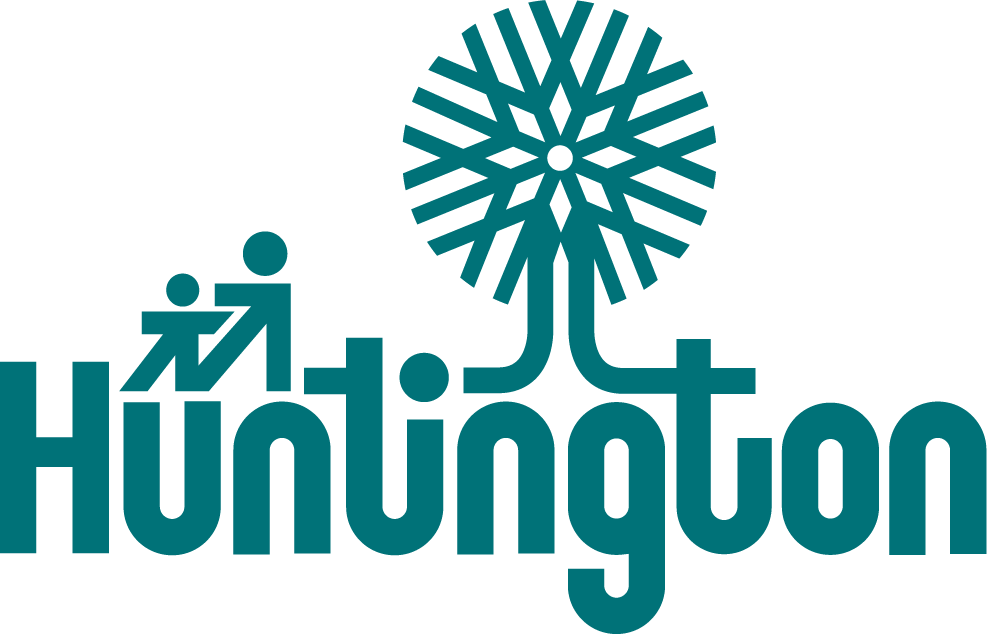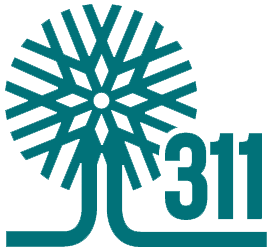Huntington Water Quality Board
Summary
The water quality proposal that was approved by Huntington City Council on June 23, 2014, marked the beginning of a multi-faceted program that set the standard for flood control management throughout the state of West Virginia.
There are three services related to management of the water quality and quantity in the City of Huntington: 1.) the Huntington Floodwall Division 2.) the Huntington Stormwater Division and 3.) the Huntington Sanitary Board. The first two entities fell under the City of Huntington’s Department of Public Works. The latter entity is separate from the City of Huntington and has its own budget, although the mayor serves as chairman of the Sanitary Board and any HSB expenditures that exceed $25,000 must be approved by City Council.
Each of these entities was established in response to separate historic events such as the 1937 flood (Floodwall) and passage of portions of the federal Clean Water Act (Sanitary Board and Stormwater).
To achieve maximum efficiency and effectiveness of the functions provided by these three divisions, Mayor Steve Williams proposed that the three functions be merged into a newly-created entity called the Huntington Water Quality Board.
Without a structure in place to address our flooding problems, Williams argued that Huntington would struggle to remain competitive in attracting residents and businesses that depend on adequate infrastructure.
The reasons behind Huntington’s flooding woes stem from an aging sewer system and years of inaction. Much of the city’s sewer system, which is about a century old, consists of lines that carry both stormwater and sewage. That situation creates hazardous overflow into streets, basements and streams during heavy rains and has prompted fines from the U.S. Environmental Protection Agency.
Cost estimates to build a whole new system have been in the hundreds of millions. Trying to come up with a plan to fix everything right away was unrealistic, but doing nothing was not acceptable either. To experience residential and business growth, the City had to take innovative steps to maintain its existing infrastructure.
Assembling the proposal
After Mayor Williams’ initial proposal was referred to City Council’s Finance Committee in January, he assembled a committee of citizens that represented various facets of the community – neighborhood associations, pastors, real estate developers, Marshall University, labor organizations, the Huntington Regional Chamber of Commerce, St. Mary’s Medical Center, Cabell-Huntington Hospital, Steel of West Virginia, City Council and the Huntington Sanitary Board.
The goal of establishing the committee was to vet any proposal so that it did not contain unintended consequences. The committee met several times in May 2014 and reached a consensus on a proposal that Huntington City Council approved June 23. Williams signed the ordinance into law immediately following the vote.
The end result is a program that creates greater efficiencies, provides the ability to finance long-term capital improvement projects, is more equitable and encourages development.
How the Floodwall Division, Stormwater Division and Huntington Sanitary Board merged
The three entities that protect water quality and manage water quantity fell under a newly-created Huntington Water Quality Board. The Water Quality Board is responsible for supervising and managing the Huntington Sanitary Board as well as the new Huntington Stormwater Utility. All affected positions (10 total), property, assets, functions and duties of the Stormwater and Floodwall divisions transferred to the Stormwater Utility. The Water Quality Board consists of the three members of the Sanitary Board. These structural changes took effect immediately upon passage of the ordinance.
Efficiencies created as a result of merging
Until the creation of the Water Quality Board, the City of Huntington’s obligations as it related to operations of the floodwall, sanitary sewer and stormwater systems were accomplished by separate organizations. Doing so created numerous areas of overlap where each program was required to accomplish the same activity. There were instances in which sewer repairs resulted in the deployment of personnel from more than one division.
Other areas where efficiencies were created from the creation of the Water Quality Board included pollution prevention, public education and involvement, record keeping, management and administration. Some specific examples of efficiencies included:
- Mapping software: The City of Huntington did not have to purchase mapping software at a cost of about $200,000. The Huntington Sanitary Board purchased software about 15 years ago and continues to update it daily.
- Response: Response time was expected to reduce. Sanitary Board crews now handle sanitary repairs as well as storm line repairs. Meanwhile, the Sanitary Board’s broad range of knowledge in the operation and maintenance of pumps and motors bring a more resourceful response to issues involving the floodwall pump stations.
- The City will save $48,000 on building rental once the Floodwall Division is moved to Sanitary Board facilities.
- The Sanitary Board is now cleaning catch basins and can clean streets under its long-term control plan, resulting in a reduced cost of approximately $200,000 annually to the city.
Imposition of Water Quality Service Fee
The Huntington Stormwater Utility will impose a Water Quality Service Fee of $7.15 per month, effective Oct. 1, 2014, for both residential and nonresidential property owners during the first two years. This will give the Stormwater Utility time to conduct mapping of impervious surfaces across the city.
Upon completion of the mapping, monthly residential rates will remain at $7.15. Monthly nonresidential rates will be $7.15 for the first 3,000 square feet of impervious surface. Nonresidential customers also will pay $1.05 for each additional 1,000 square feet of impervious surface, not to exceed 1 million square feet.
Nonresidential example No. 1
A property owner with 100,000 square feet of impervious surface will pay:
$7.15 (base fee) + $101.85 (97,000 square feet of chargeable impervious surface) = $109/mo.
Nonresidential example No. 2
A property owner with 1 million or more square feet of impervious surface will pay:
$7.15 (base fee) + $1,046.85 (997,000 square feet of chargeable impervious surface = $1,054/mo.
Billing and collection of water quality service fee
The billing for the Water Quality Service Fee will be combined with the billing for the Sanitary Board’s fee. However, all Water Quality Service Fee funds collected by the Huntington Stormwater Utility will be accounted for separately and must be used solely for the purposes of the Stormwater Utility (West Virginia Code 16-13-1).
Water Quality Service Fee exemptions
The West Virginia Division of Highways is the only entity exempt from paying the water quality service fee. State law exempts the WVDOH from having to pay. All other governmental, residential, commercial and nonprofit entities have to pay.
Public assistance discounts
Residential property owners who are recipients of public assistance (Medicaid, food stamps, supplemental security income, federal public housing assistance, low-income home energy assistance program benefits, temporary assistance to needy families benefits, or benefits under other income-related state or federal programs) will be assessed a Water Quality Service Fee that is 35 percent of the base residential rate.
Discount credits
After the mapping of impervious surfaces is completed, the Water Quality Board will offer discount credits to residential and nonresidential property owners who make efforts to reduce or eliminate stormwater runoff into the city’s sewer system. The discount credits will only apply to residential and nonresidential properties that contain between 3,000 and 1 million square feet of impervious surface.
When the public will see action
The Huntington Sanitary Board is cleaning catch basins now. Those efforts were expected to intensify upon completion of the merger. After the mapping is completed in two years, the Stormwater Utility will begin collecting the impervious surface portion of the Water Quality Service Fee, giving it the revenue stream it needs to issue bonds to begin addressing long-term capital improvement projects.
Reduction of Municipal Service Fee
City Council unanimously approved a separate ordinance on June 23, 2014, to reduce the Municipal Service Fee by 10 percent. The Floodwall Division also was removed from the ordinance as one of the entities that receives Municipal Service Fee revenues.
The Municipal Service Fee, which up to that point had been designated for fire and floodwall protection, generated approximately $6 million annually. The Floodwall Division, on average, received about 10 percent of that amount to operate.
The Municipal Service Fee is primarily based on the square footage of structures that you own. There is an annual base fee of $120 that is divided into four quarterly billings. In addition to the base fee, property owners pay 7.35 cents per square foot of property.
Under the adopted ordinance, the annual base fee was reduced to $108, and the square footage fee was reduced to 6.62 cents, thus resulting in a reduction of the fee for all residential and nonresidential property owners. The ordinance took effect Oct. 1, 2014.
Grants
The city will remain proactive in its efforts to secure grants to address flooding problems. For example, the city has partnered with KYOVA in applying for a $250,000 Federal Highway Administration TIGER grant ($75,000 state and local match) to define a strategy for fixing flooding on 3rd and 5th avenues and in the underpasses.




